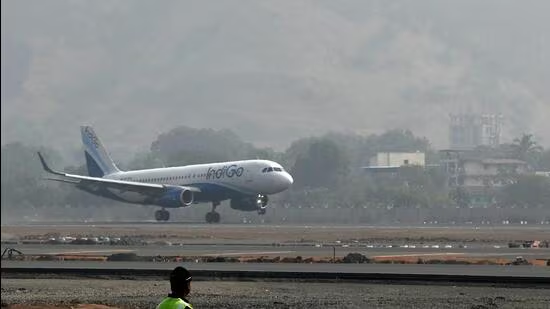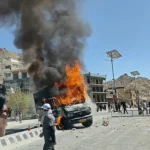Navi Mumbai Airport Inauguration 2025 Postponed Due to Torrential Rains – New Date Expected Soon
Air India to begin operations once airport opens; inauguration now deferred to later date in October: Officials
Mumbai/Navi Mumbai: The inauguration of the Navi Mumbai International Airport (NMIA), originally scheduled for September 30, has been postponed by at least a couple of weeks due to heavy rains across the Mumbai Metropolitan Region and the Konkan area, according to officials familiar with the developments.
Prime Minister Narendra Modi was expected to inaugurate the new airport, which is being developed in a public-private partnership (PPP) led by Adani Airports. However, an official from the Maharashtra chief minister’s office said, “There is a lot of loose soil and muck on the roads leading up to the new airport in Ulwe, which may make it difficult for visitors to reach the airport.”
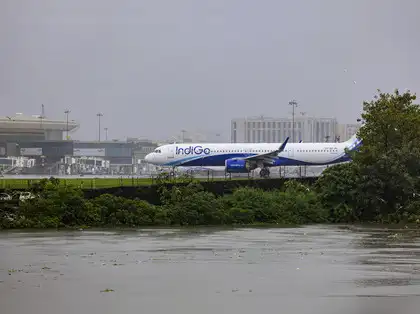
As a result, the Prime Minister’s Office informed the state government two days ago that Modi will not be coming on September 30. The inauguration has now been deferred to a later date in October. Modi was also scheduled to inaugurate the final phase of the Mumbai Metro 3 line from Worli to Cuffe Parade during the same trip. This too has been pushed to a later date, the official added.
Despite the postponement, preparations for NMIA’s operational launch are underway. On Tuesday, Air India, following IndiGo and Akasa Air earlier this year, announced plans to begin commercial operations from the new airport.
In the airport’s initial phase, Air India Express—Air India’s low-cost carrier—will operate 20 daily flights connecting 15 Indian cities. The airline plans to scale up to 55 daily departures, including up to five international flights, by mid-2026, and aims to reach 60 daily departures by winter 2026.
“We look forward to commencing operations at Navi Mumbai International Airport, as Mumbai joins the league of world cities with more than one airport,” said Air India chief executive and managing director Campbell Wilson. “We are happy to work with Adani Airports to build NMIA not only as a point that connects to the rest of India, but also as one of the country’s key global transit hubs for both passengers and cargo, given its strategic geographical location.”
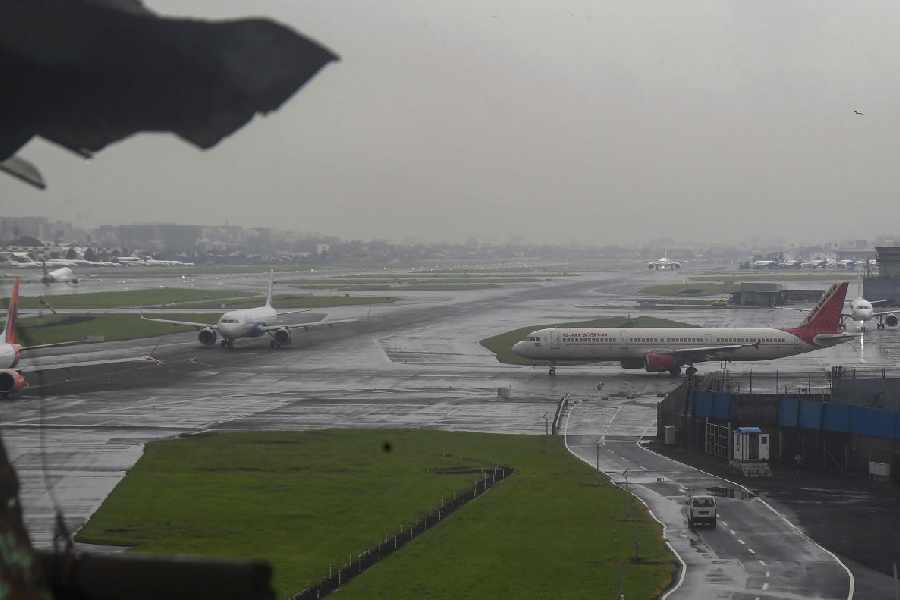
Earlier this year, IndiGo had announced 18 daily flights to over 15 destinations from NMIA at launch, with plans to expand to 140 daily flights—including 30 international—in 18 months. Akasa Air also confirmed it would begin with 15 domestic flights daily, before ramping up to over 300 domestic and 50 international flights weekly.
NMIA is set to become the second major airport serving MMR, complementing the existing Chhatrapati Shivaji Maharaj International Airport (CSMIA). The airport is being built in five phases, with the first phase expected to open in late 2025. It will initially handle 20 million passengers and 500,000 metric tonnes of cargo annually, with full capacity projected at 90 million passengers and 3.2 million metric tonnes of cargo.
As the airport awaits inauguration, multiple infrastructure projects are gaining momentum to boost connectivity.
The City and Industrial Development Corporation (Cidco) has floated a tender to appoint a consultant to review the Detailed Project Report (DPR) of Mumbai Metro Line 8, also known as the Gold Line. This high-speed express metro will connect CSMIA in Mumbai with NMIA.
The final DPR estimates the corridor length at 34.9 km, with an alignment change to run along the Sion-Panvel Highway after surfacing at Chheda Nagar in Chembur. “Beyond its airport-to-airport role, Metro 8 is set to become a critical east-west transit spine, linking high-density residential and commercial zones and catalysing commercial activity in Navi Mumbai,” said Cidco vice chairman and managing director Vijay Singhal.
Estimated to cost ₹20,000 crore, Metro 8 will be Mumbai’s second metro corridor developed under the PPP model. It is projected to carry up to 900,000 passengers daily and alleviate congestion on major routes like the Eastern Express Highway.
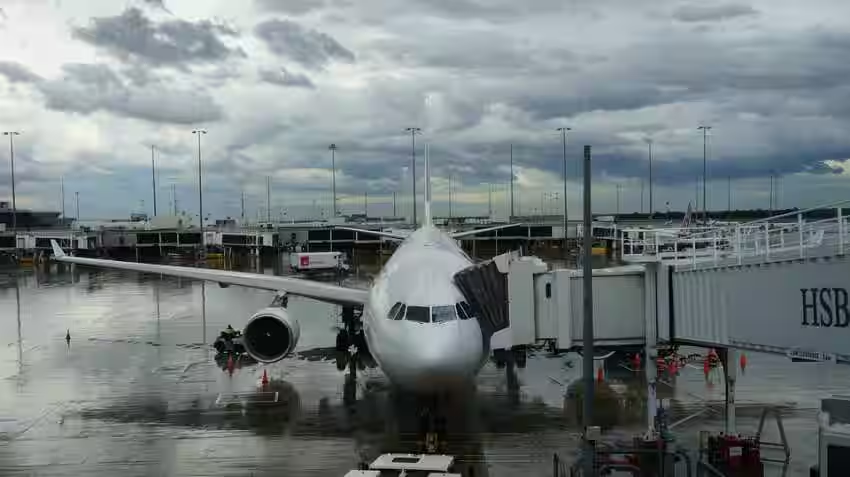
The proposed route will begin at Terminal 2 of CSMIA, run underground for approximately nine kilometers, and then surface to form an elevated corridor along the Sion-Panvel Highway. It will pass through key hubs including Kurla, Lokmanya Tilak Terminus (LTT), and Mankhurd, before crossing into Navi Mumbai and connecting Vashi, Nerul, and Belapur, culminating at NMIA. The line will feature seven metro interchanges and connect with suburban rail networks.
The DPR review tender is expected to conclude by the end of 2025, with construction likely to begin mid-2026. Full operations are targeted for late 2028 or early 2029, aligning with NMIA’s full-scale rollout.
In parallel, Central Railway (CR) is enhancing its suburban rail connectivity to NMIA by increasing services on the Nerul/Belapur-Uran corridor. With the airport expected to open for operations soon, CR is finalising the construction of two new stations, including one that directly connects to NMIA.
Currently, the 27-km corridor operates 40 services daily, but officials confirmed that 60 services—a 50% increase—will be introduced starting October. The change comes seven years after the corridor began operations in November 2018.
“This will benefit passengers, considering that the first phase of the new airport is expected to begin before the turn of this calendar year,” said a CR official. “The headway between two train services will also reduce by an average of 15 minutes, which will help in easing the rush.”
The corridor, which intersects with the Harbour line, serves approximately 330,000 daily commuters. The revised schedule will split the new services evenly: 30 in the Up direction and 30 in the Down direction. Officials added that services could be doubled in the future, depending on travel patterns once the airport becomes operational.
Two new stations—Targhar and Gavhan—are over 90% complete. Targhar, situated between Belapur and Bamandongri, is the closest to the airport and will serve as a vital last-mile connection. The government is also working on improving connectivity from Targhar station directly to the airport.


